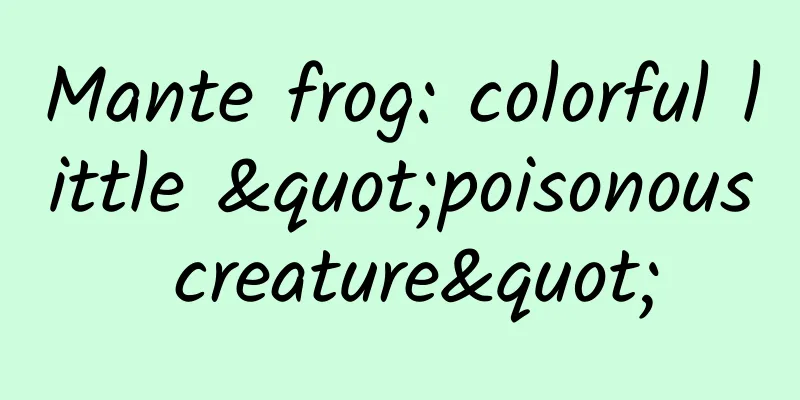The efficacy and function of boxwood leaves

|
Boxwood leaf is a very common Chinese medicine and also a very important medicinal material. We need to pay attention to it. Boxwood leaves can be used in combination with other medicines, and we need to take them appropriately according to our physical condition. Let’s take a look at the main effects and functions of the traditional Chinese medicine boxwood leaf. [Alias] Boxwood brain. [Source] Medicinal material source: The leaves of Buxus sinica (Rehd.et Wils.)M.Cheng or Buxus bodinieri Levl. of the Buxaceae family. [Original form] 1. Boxwood is an evergreen shrub or small tree, 1-6m high. The bark is gray, and the cork peels regularly; the branches are cylindrical, with longitudinal ridges, grayish white, and the twigs are quadrangular, covered with short soft hairs or glabrous on the opposite sides, with internodes 0.5-2cm long. Leaves opposite; petiole 1-2mm long, hairy on the upper side; leaf blade leathery, broadly elliptic, broadly obovate, ovate-elliptic or oblong, usually wider above the middle, rounded or obtuse at the apex, often with a small notch, rounded or cuneate at the base, 1-3cm long, 0.8-2cm wide, smooth leaf surface, protruding midrib, often with fine hairs in the lower half, obvious lateral veins, and often densely covered with white short linear stalactites on the midrib. The spike inflorescence is axillary, unisexual, monoecious, with dense flowers and hairy inflorescence axis; bracts are broadly ovate, 2-2.5mm long, with more or less hair on the back; there are about 10 male flowers, without pedicels, outer sepals are ovate-elliptical, inner sepals are nearly round, 2.5-3mm long, glabrous, stamens and anthers are up to 4mm long, sterile pistils have rod-shaped stalks, swollen at the end, about 2mm high; female flowers are mostly found in the upper part of the inflorescence, with 6 sepals arranged in 2 rows, up to 3mm long, 3 styles, 3-chambered ovary, ovary slightly longer than style, glabrous, stigma is thick, inverted heart shape, extending down to the middle of the style. The capsule is nearly spherical, 6-10mm long, with a persistent style 2-3mm long, composed of 3 carpels, split into 3 lobes along the back of the chamber, black when mature, and about 1cm in diameter. The flowering period is March-April, and the fruiting period is May-July. [Habitat distribution] Ecological environment: 1. Grown in valleys, stream banks and under forests at an altitude of 1200-2600m. It can now be cultivated for ornamental purposes. [Processing] Take the original medicinal materials, remove impurities and branches, and sieve out the ash. Properties of the medicinal pieces: complete or broken leaves, obovate, 10-30mm long, entire, slightly concave at the apex, narrowly cuneate at the base, dark green and shiny on the surface, with obvious main veins on the back and leathery texture. It has a faint smell and a bitter taste. Store in a dry container in a ventilated and dry place. 【Nature and flavor】 Bitter; neutral 【Functions and indications】 Clears away heat and detoxifies; reduces swelling and resolves stagnation. Mainly used for sores, boils, swellings and poisons; toothaches caused by wind and fire; pain caused by falls [Usage and Dosage] For oral use: decoct in water, 9g; or soak in wine. For external use: Take appropriate amount and mash the fresh leaves for application. 【Excerpt】 Chinese Materia Medica The above content is an introduction to the effects and functions of the traditional Chinese medicine boxwood leaf. I hope it can bring you some help. The culture of traditional Chinese medicine is profound and extensive. When treating diseases, we need to choose different medicines according to the different diseases to better help the body relieve troubles. |
<<: The efficacy and function of red horse hoof
>>: The efficacy and function of yellow mud vegetable
Recommend
The efficacy and function of white ganoderma lucidum
Wild Ganoderma lucidum, whose full name is Ganode...
What are the effects and functions of cinnamon powder
We often use cinnamon and other spices as seasoni...
[Creative Cultivation Program] People say that horoscopes are superstition, so why do you still think they are so accurate?
Author: Wang Pingguo Reviewer: Fan Chunlei I have...
What does Tongcao look like?
Have you ever heard of Tongcao? Do you understand...
The efficacy and function of Scopolamine root
Traditional Chinese medicine requires the use of ...
After the Big Bang, there was another Dark Bang…
This is a picture of the galaxy cluster Cl0024+16...
What are the medicinal values of Achnatherum splendens?
In today's life, people no longer pay attenti...
What does vitamin B complex do?
Human health is inseparable from various vitamins...
What are the effects of drinking Huangjing wolfberry soaked in water
Drinking water soaked with Polygonatum sibiricum ...
0.1mm "bear" is expected to help humans realize space travel
Author: Duan Yuechu and Huang Xianghong A tardigr...
The efficacy and function of Brassica rapa
Brassica rapa seed is a very good medicinal mater...
Today marks the "Year of the Dragon, Month of the Dragon, Day of the Dragon, and Hour of the Dragon"! How was this calculated?
Science Times reporter epic The first "Year ...
When is the best time to pick Houttuynia cordata?
Some people drink Houttuynia cordata root all yea...
2022 Abel Prize winner Sullivan: A mathematical helmsman who connects different fields
The 2022 Abel Prize was awarded to American mathe...
Is it true that the "first aurora appeared in Chongqing" is true? A starry sky photographer is here to answer the question!
On August 14, a photographer posted a photo of an...









